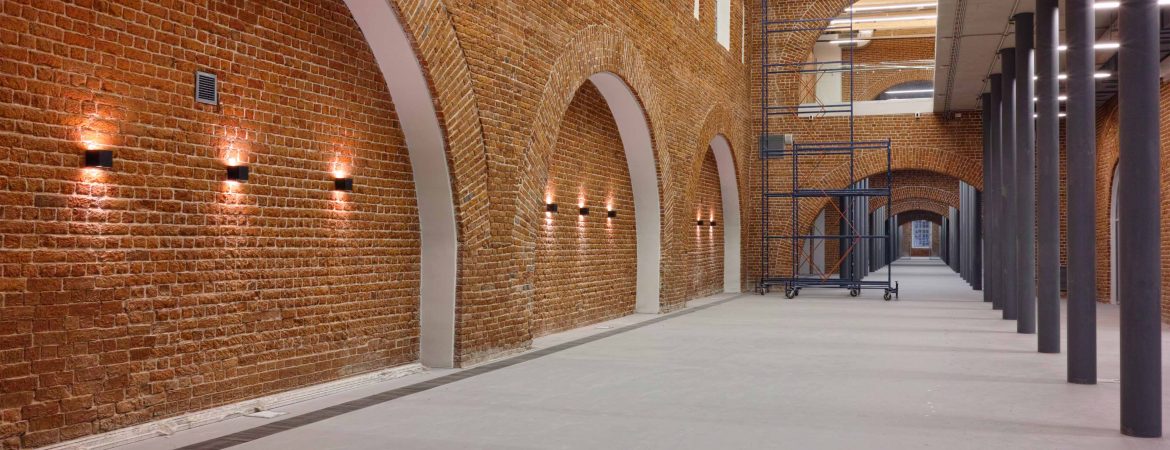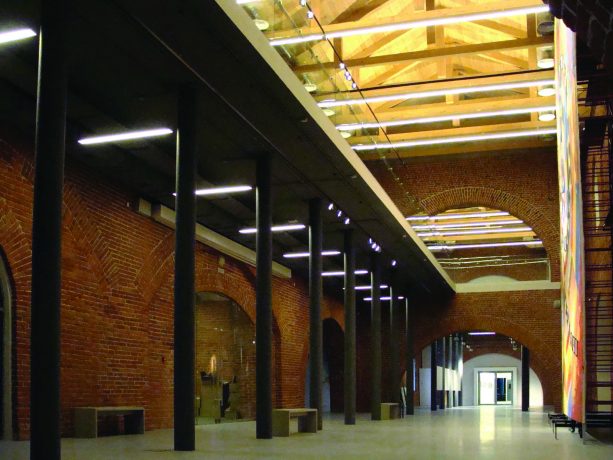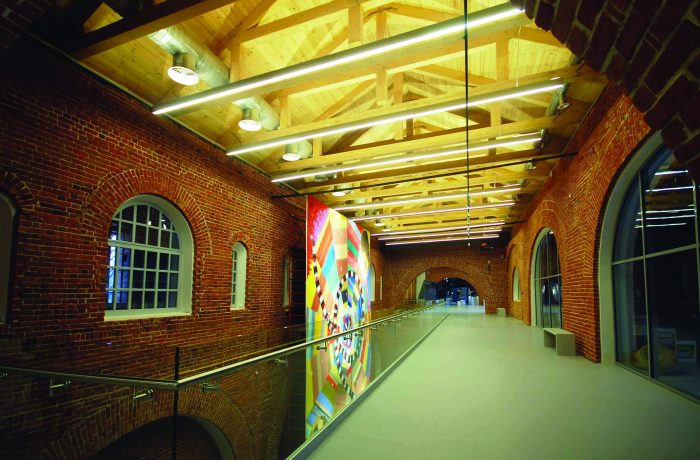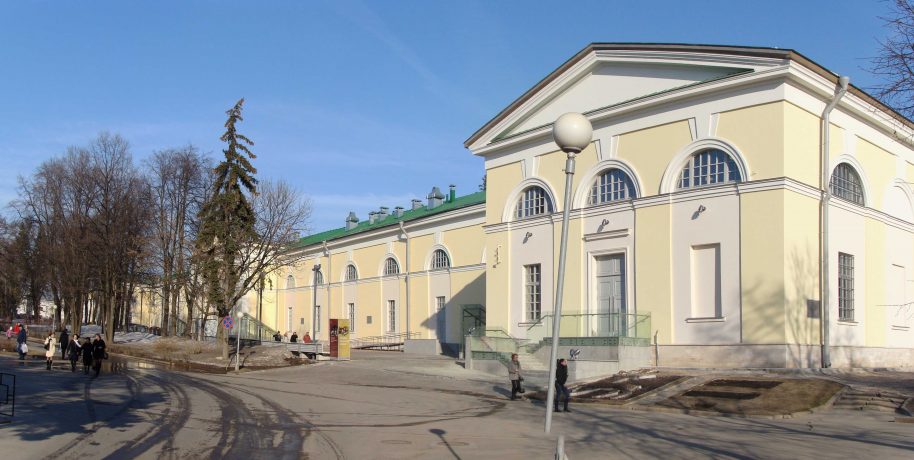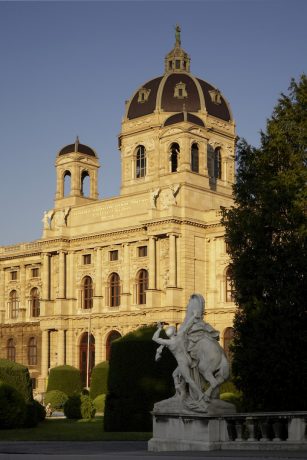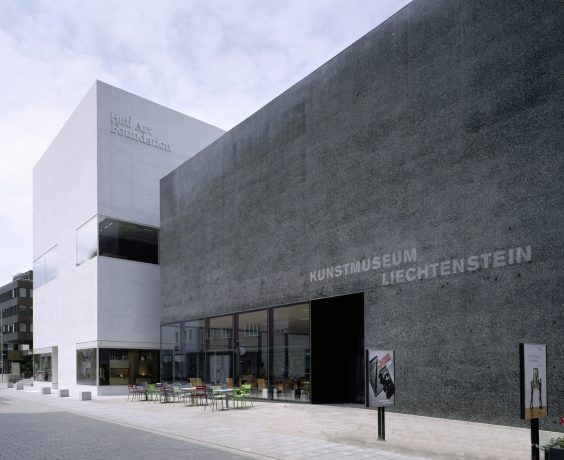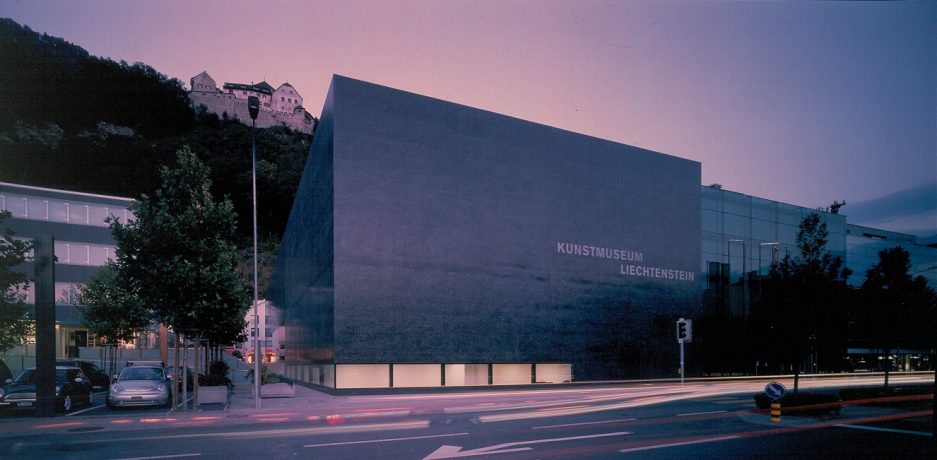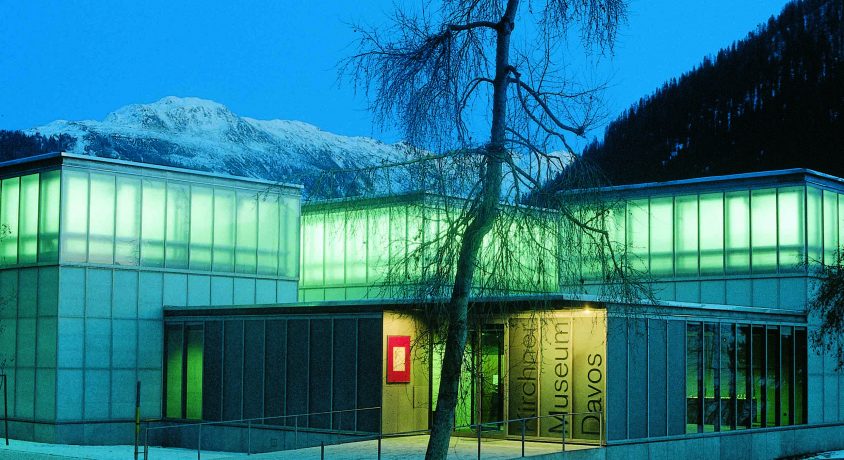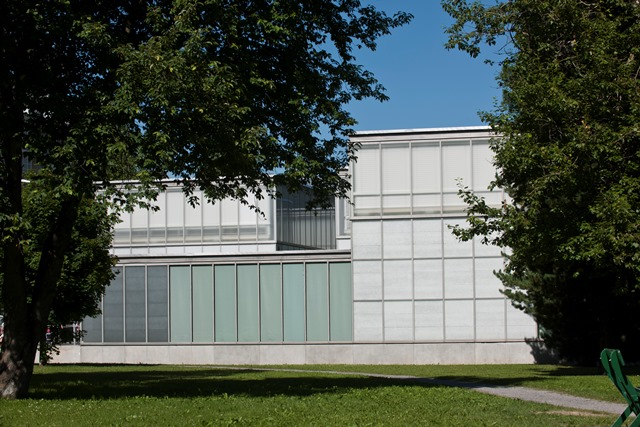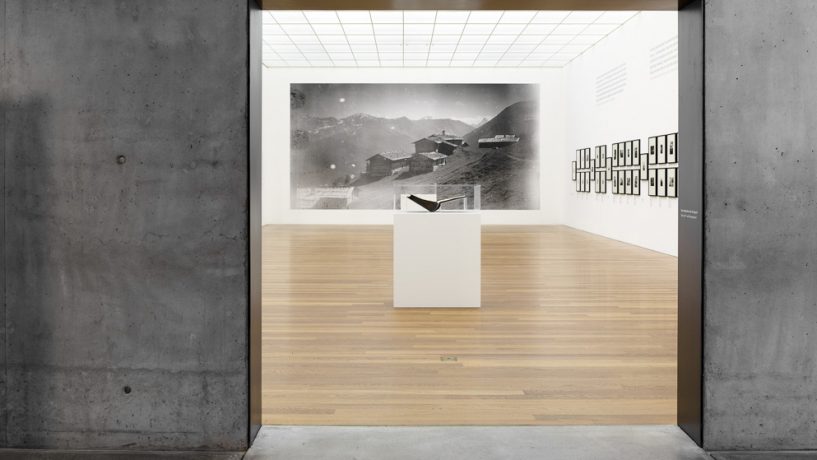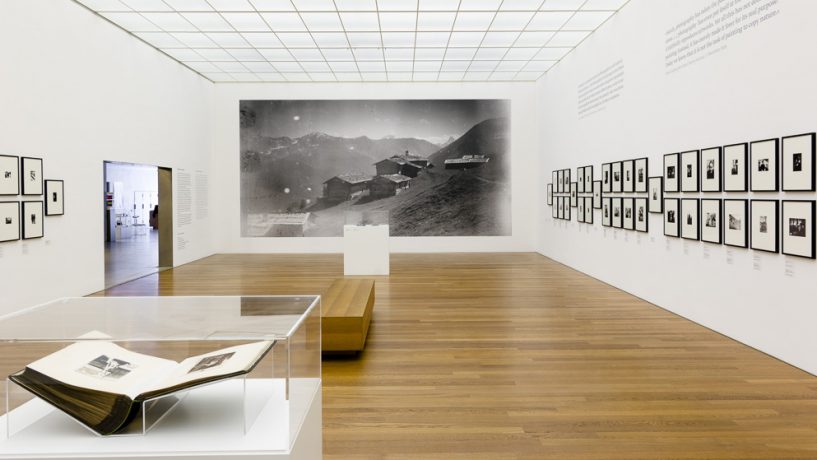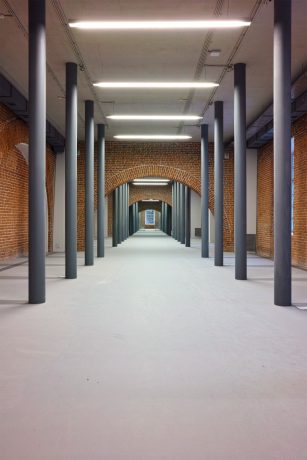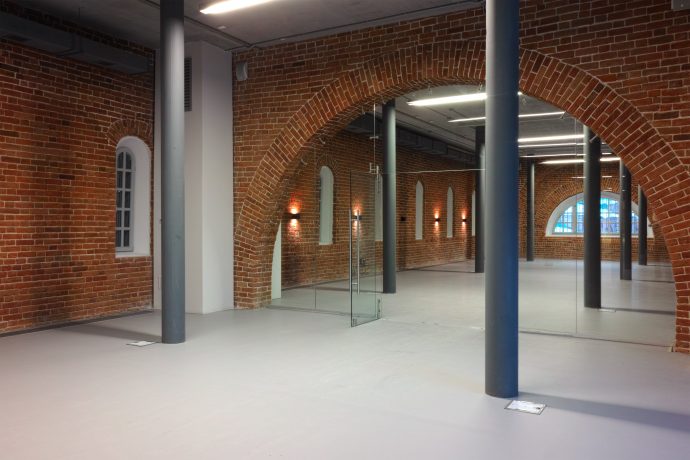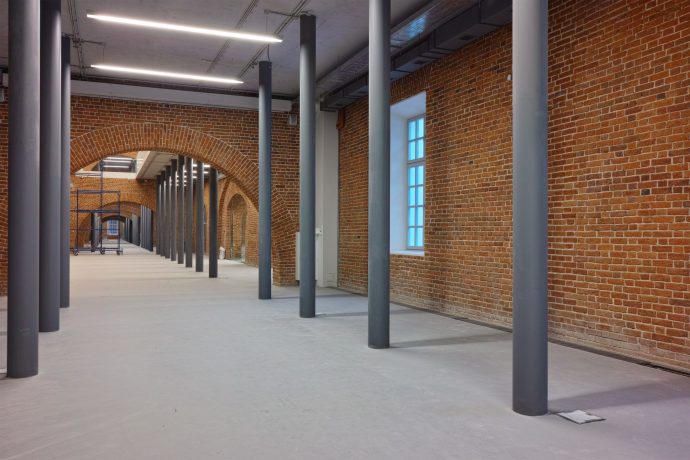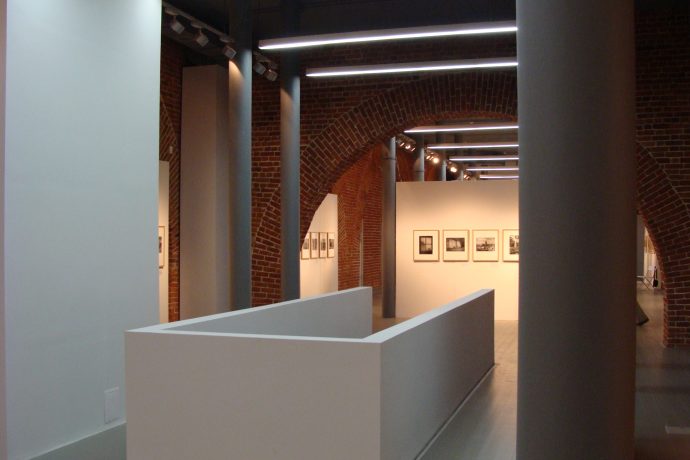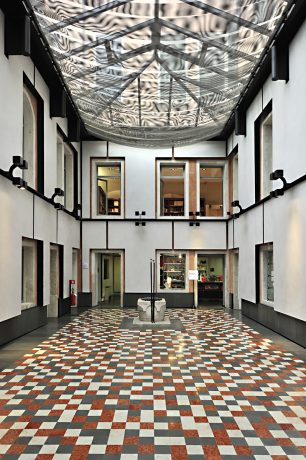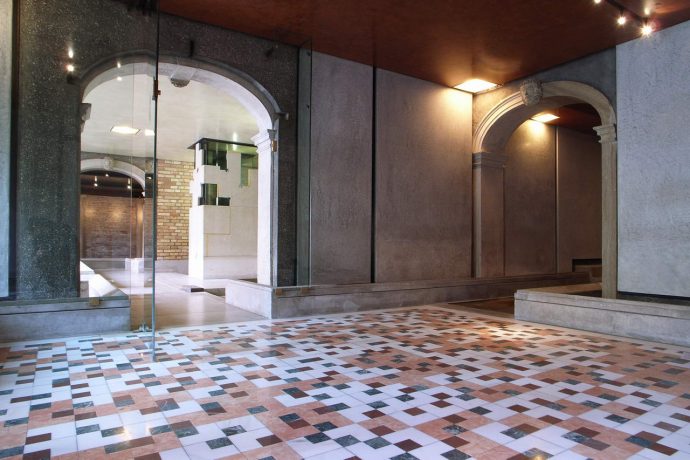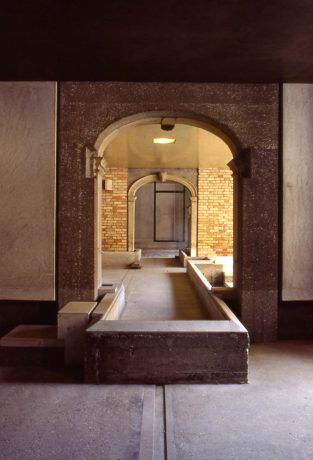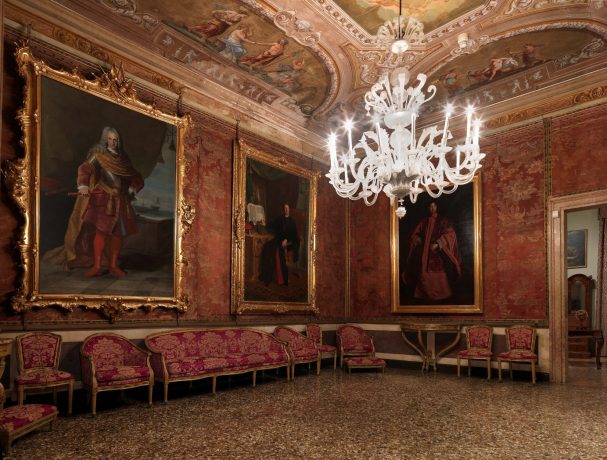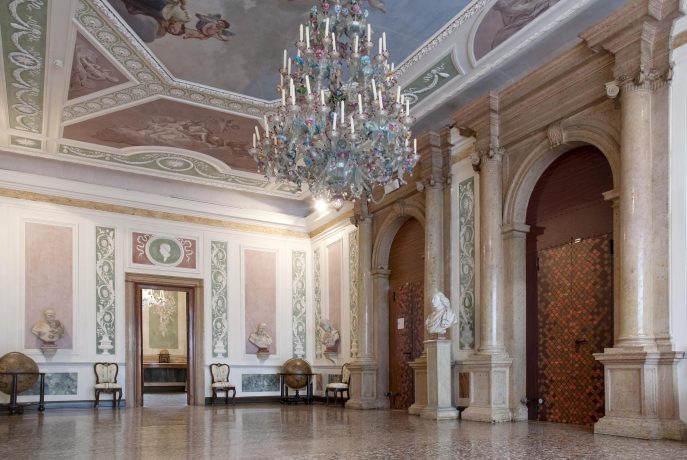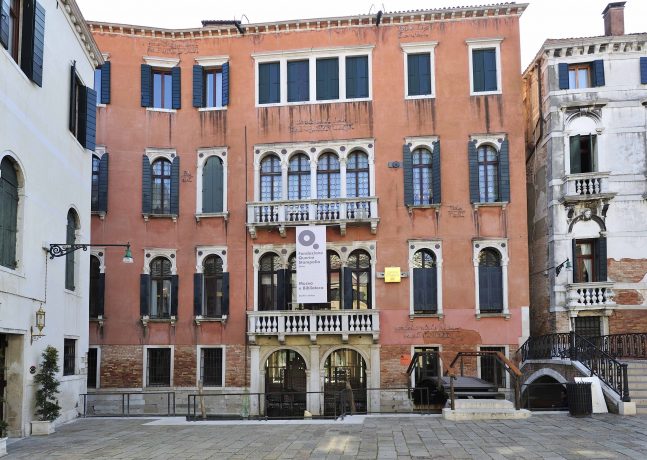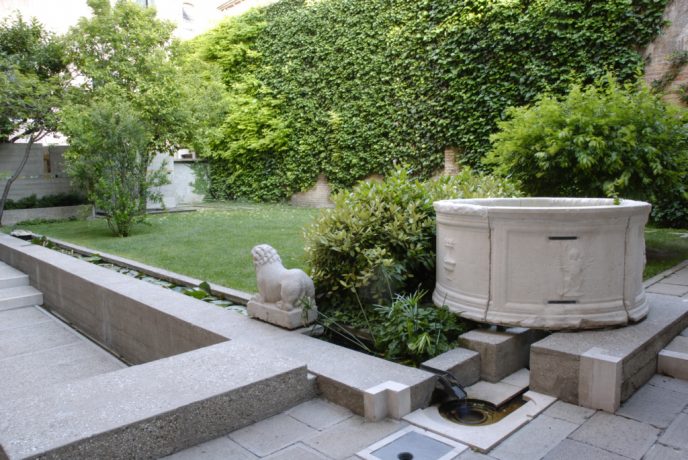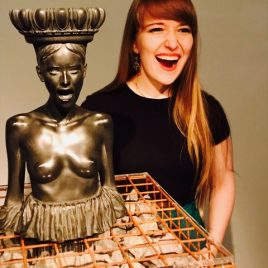Hundreds of fully-trained or aspiring architects from all over Russia dream of making it into MARCH Architecture School, founded by Eugene Asse – renowned architect, established professor, head of Asse Architects, curator of the Russian pavilion at the Venice Biennale of Architecture. MARCH’s highest education level is not the only reason students strive to make the cut. Eugene Asse’s charisma, deepest knowledge of culture and his artistic lectures attract even those far from architecture. In October Eugene Asse received the highest award of the Russian Architecture Festival for the reconstruction of the Arsenal building (branch of the National Canter for Contemporary Arts) in Nizhny Novgorod (Russia). In 2013 Asse Architects got the Art Newspaper prize for the project. We were very glad Eugene Asse found time in his busy schedule to share with us thoughts on the Arsenal building, museums and architecture.
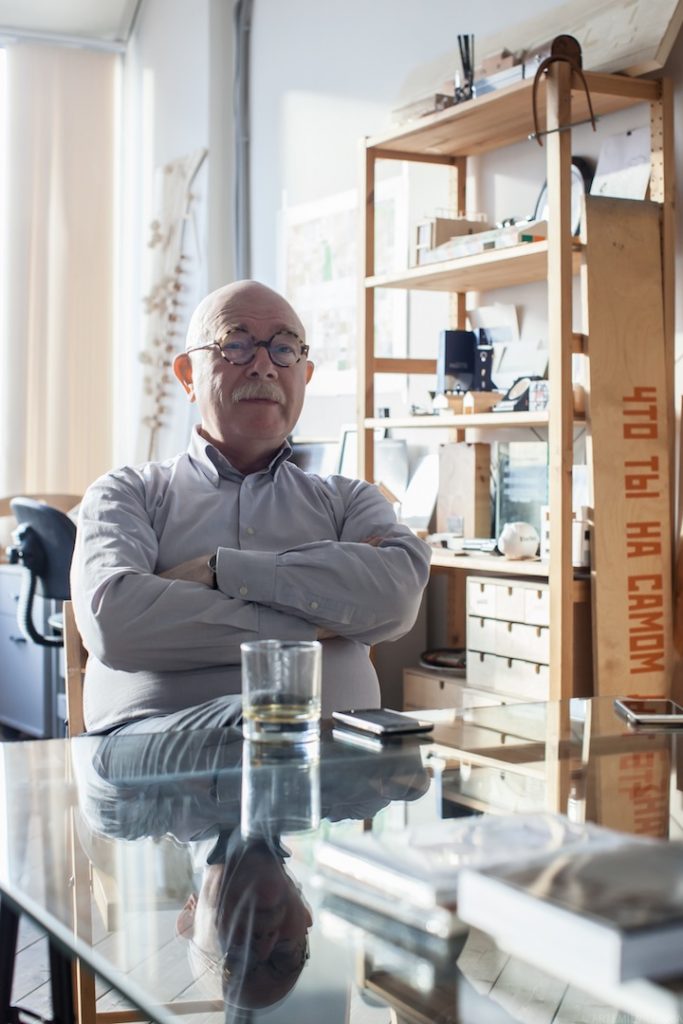
First of all let me congratulate you with the award! Diving right into it – it must be challenging to readjust old buildings for new purposes, but is it as exciting as creating something from scratch?
First of all – thank you and yes, of course it is interesting and exciting. Today readjustment of old buildings for new artistic purposes is a trend, set by contemporary art institutions. Contemporary art seeks new ground, it craves new spaces, it desires uncommon context, where it can surpass the boundaries that in one way or another are set by classical museum buildings. Old “unorthodox” structures – factories, mills, railway stations, plants and refineries – are attractive for contemporary creative exposition initiatives. It is challenging to recreate such buildings, but it is subsequently liberating. Thus I can say that our Arsenal is today-classics of a contemporary art exposition space. By the way one of the major exposition spaces of the Venice Biennale is Arsenale. Just last spring the Nizhniy Novgorod Arsenal initiated European Arsenal summit. Representatives from Venice, Copenhagen, Kiev, Sofia and many other Arsenals were present. It appeared that all of them are partially or fully connected to contemporary art. It might sound cynical, but it is a valid point – Arsenals were made for storage and museums do not differ from warehouses that much. The difference is in value and in quality of items. Museum is a place for storage therefore all grand empty spaces can be adapted to become museums.
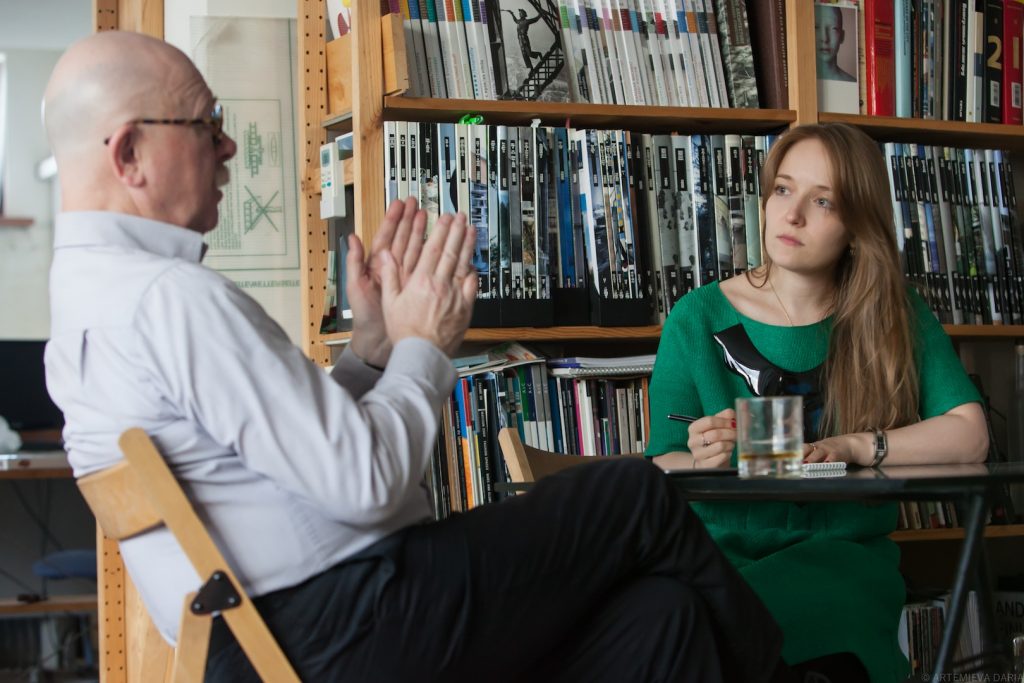
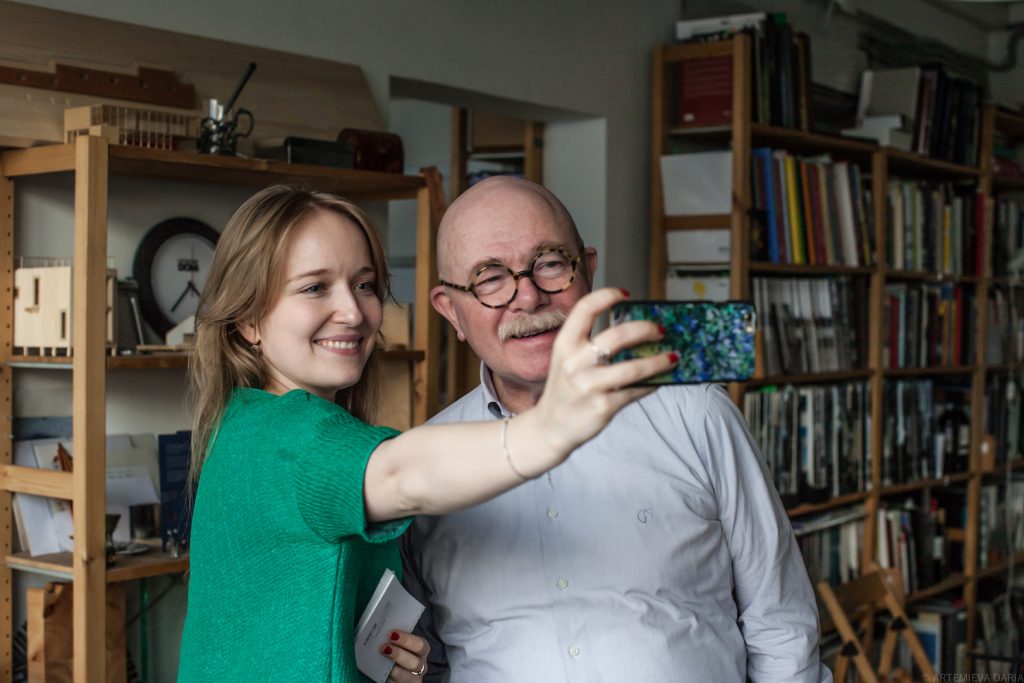
Some grand empty spaces are a piece of art on their own right. For example Moscow’s Bakhmetyevsky Garage by constructivist genius Konstantin Melnikov was home to Garage Museum of Contemporary Art, now home to Jewish Museum and Tolerance Center. Some say that it should’ve been home to the museum of constructivist art and nothing else. Would you agree that some old spaces must be remade only to become something connected to their past?
I can understand where this comes from, but I do not agree. Bakhmetyevsky Garage can be home to anything you like. There are no limitations, no restrictions, but it goes without saying that sharp, dramatic architecture demands great ingenuity. Curators and museums should realize that architecture can overweigh the attention, can tip the balance and what we will get is a conflict of interest. Although, a conflict of this kind can sometimes (rather rarely) mean success. Powerful example is the Guggenheim Museum in NYC. Frank Lloyd Wright made no secret of his disenchantment with New York and created one of its symbolic buildings, even though he said that he did it with no love towards paintings. He indeed built a space whose form contradicts its function with no possibility for future departure from the rigid ordinance. It is a real challenge for curators: the walls slant outward, the paintings cannot be hung vertically or shown plainly but are to be tilted back against it. Nevertheless due to this conflict the museum is even more valuable. I cannot say I admire the Guggenheim exhibition spaces, but architecturally the museum is astonishing.
When you are at the bottom of this crater the view takes your breath away. The great museum collection is doomed to become secondary. On one level it doesn’t speak well of the architect, but I suppose that a half of Guggenheim Museum visitors learn what is in the collection only when they get to the museum. They come to look at Wright’s work and stay to see the collection. In the end the museum wins. There are museums, where spatial, visual configuration turns out to be of greater importance than the exposition. Here the museum wins only if it can rise to the challenge of not only attracting the audience, but also of keeping it. Here we get to the next trend: changing role of museums. I should say, the very day Solomon R. Guggenheim museum was opened must be considered the watershed, the starting point of a new era for museums. For the first time a museum became not just a beautiful warehouse, but also an attraction. The whole new role, new chapter in museum history is symbolized by the Guggenheim Museum.

Who are your favorite museum architects?
Acquiring sufficient funds, museums try to invite prominent figures, such as Rem Koolhaas, Tadao Ando or Zaha Hadid. It happens not solely because these names equal high quality, but also because museum directors know that inviting a household name is a reliable investment. So if we do not take the “starchitects”, the first that comes to mind is David Chipperfield, who delicately reconstructed Neue Museum in Berlin and now it is perhaps the most impressive museum, especially if you know its history. The project recompleted the original volume of the parts that remained after the destruction of the Second World War with great respect towards the historical structure in its different states of preservation. Another reconstruction that I was deeply inspired by is Museum of Roman Art in Merida (Spain) Rafael Moneo’s ingenious design added modern touch to the ancient building. I admire innovative and powerful structure of Kunstmuseum Liechtenstein built by the Swiss architects Meinrad Morger and Heinrich Degelo. This seemingly simple black box of tinted concrete and black basalt stone is actually a building of great structural complexity. Another small museum of the highest value is Kircher Museum Davos, it was built in 1992 by the architectures Annette Gigon and Mike Guyer. This is a perfect example of the symphony that emerges when architects create a space neither to compete with the works nor to unduly heighten them.
"An architect is a person of culture that knows how to plan and build. Not vice versa. People, who have architectural skills and know nothing about culture pose a real threat," - Eugene Asse.
It may seem traditional in a way, but it is convincingly modern, solid and profound.The white walls, the oak parquet flooring and the wall-to-wall glass ceiling form a simple cube, which is comparable in its spatial effect to the exhibition rooms of the turn of the century. The glass-cladding plays and works with the clear, brilliant alpine light. So there are many names apart from the 2-3 architects we all know. I cannot say that I unconditionally love everything popular architects do, but it is always interesting. Talking about Rem, I must say that his Garage Museum of Contemporary Art building is an outstanding creation: impressive design, exciting concept, although the exposition space is not that simple. I can say the same for our Arsenal. Oftentimes curators and artists have a two-dimensional perception of paintings. They see an exhibition as a catalogue and have hard time seeing art in real-space. Understandably, artists are focused on their works, each work constitutes a universe and making a smooth transition from one universe to the other is a real challenge for curators. Architects can anticipate this, since we perceive art in three dimensions from the very beginning. Our Arsenal is a tough cookie for curators, but we were conscious about making exposition spaces as convenient as possible.
Arsenal is so delicately renovated. Is it true that you avoided even touching the old walls and emphasized the new parts?
That is correct, but this concept is not my invention. The Venice Charter for the Conservation and Restoration of Monuments and Sites was adopted in 1964. Its aim was to provide principles for preservation and restoration of the historic buildings and the authors were driven by the idea that the original structure should be emphasized in its spatial context and original materiality – the new reflects the lost without imitating it. It is not a binding document, it is more of a professionals’ agreement. Architects can adhere to it or they can neglect it, hardly any Russian architects observe it. I’ve always honestly worked according to this charter. In essence it states that what had been lost must not be restored as if it wasn’t actually lost. A part gone can be replaced without imitation. I see it as an ethical issue, not an artistic one – do we have a right to simulate, to reproduce history? What do we have to do with historical buildings? What relation do we bear to them? This is actually a profound subject that we shouldn’t touch upon right now, otherwise we’ll sit here till the dawn!
And we wouldn’t mind at all!
Every time I think of taking on a new project I ask myself this question: how can I communicate with this building? If it is a restoration project I have to make sure I interact with it on equal terms. But everyone has to decide it for him or herself. If you give in, you would start imitating, falsifying, faking art. I personally believe that I do not have any moral right to imitate historical buildings. When we worked on the Arsenal we tried to avoid even physical contact with the old details.
Abstracting from collections – what are your favorite museum buildings? Apart from those you named already.
Frankly, I dread museums as such. In his 1925 essay “The Problem of Museums” Paul Valery wrote: “Painting and sculpture... are orphans. Their mother is dead, their mother, Architecture. As long as she was alive, she gave them their place, their function, their constraints”. According to Valery if the architecture doesn’t support the items in museums, they kill each other upon arrival. He saw museums as cemeteries. I see them as warehouses. So I prefer small, cozy museums, not hardcore outright landmarks. Only once did I leave the Louvre without annoyance and as you can imagine I was there not once or twice. The same goes for most major museums. One of the times I visited Prado it was particularly full and the crowd just carried me through the museum. I saw virtually nothing, it felt like a race against a Japanese tourist group. My childhood memories of my visits to the Hermitage or to the Pushkin Museum of Fine Arts differ greatly from this experience. So I’ll speak of museums where I feel comfortable. First that comes to mind is Kunsthistorisches museum in Wien. Here I instantly remember about the collection and cannot avoid mentioning my beloved Bruegel. Gallerie dell’Accademia in Venice is cozy and not that crowded, even though I can look over the crowd for the sake of seeing Giovanni Bellini and the building itself.
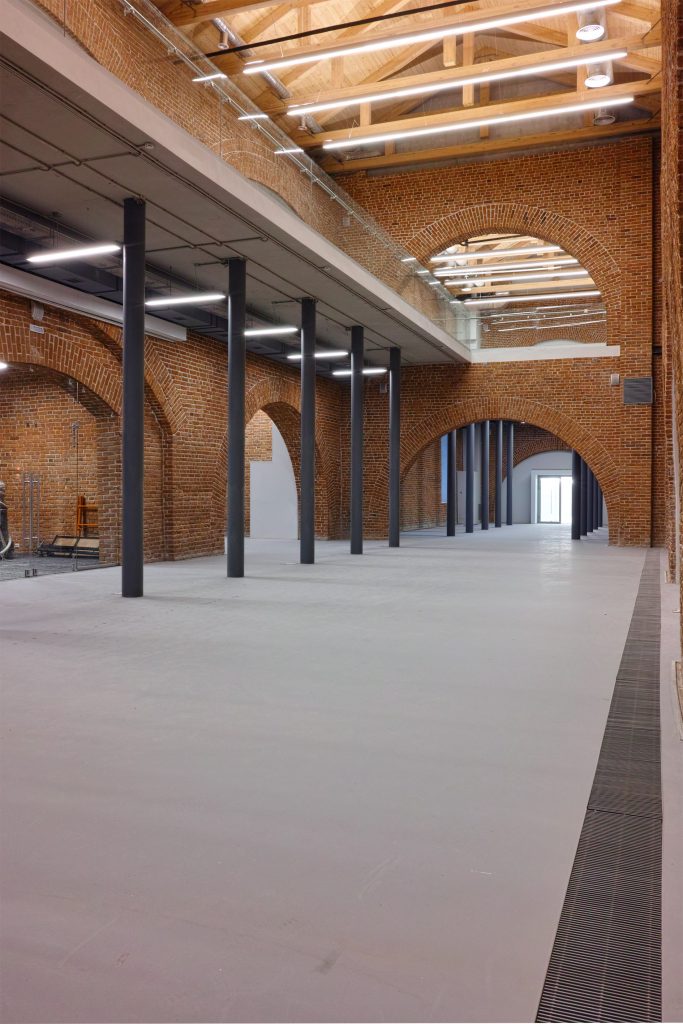
Have you ever visited Pinacoteca Querini Stampalia, art collection and museum in Venice? It used to be a family home of the Venetian Querini Stampalia family, its last descendant – Count Giovanni – founded the museum in 1869. It is special not only due to its historical value, but also because genius Carlo Scarpa designed interior, exterior, garden elements and spaces on the ground floor of the historic building. If you get there, take a moment to visit the Library, it is one of the prominent public libraries of Italy and it is open even on weekends and holidays, since Count Giovanni, in his testament ensured that the Library was open even when others were closed. And there are not so many people there usually. Another Italian museum, where you can meet only handful of people, but is definitely worth visiting – Palazzo Chiaramonte in Palermo. It was built in the early 14th century to be the residence of the powerful Sicilian lord and from 1600 to 1782 served as tribunal and jail of the Inquisition. Prisoners drew paintings on the walls and now, after the reconstruction, we can see the daunting and profound drawings that tell the story better then any textbook. Today it is a museum – Carceri dell'Inquisizione. Visiting this place is quite an experience, especially since walking around an empty former prison is definitely something to remember. When we went there with my wife and my friend, there were just 3 of us in the entire building, you should visit it once in Sicily.
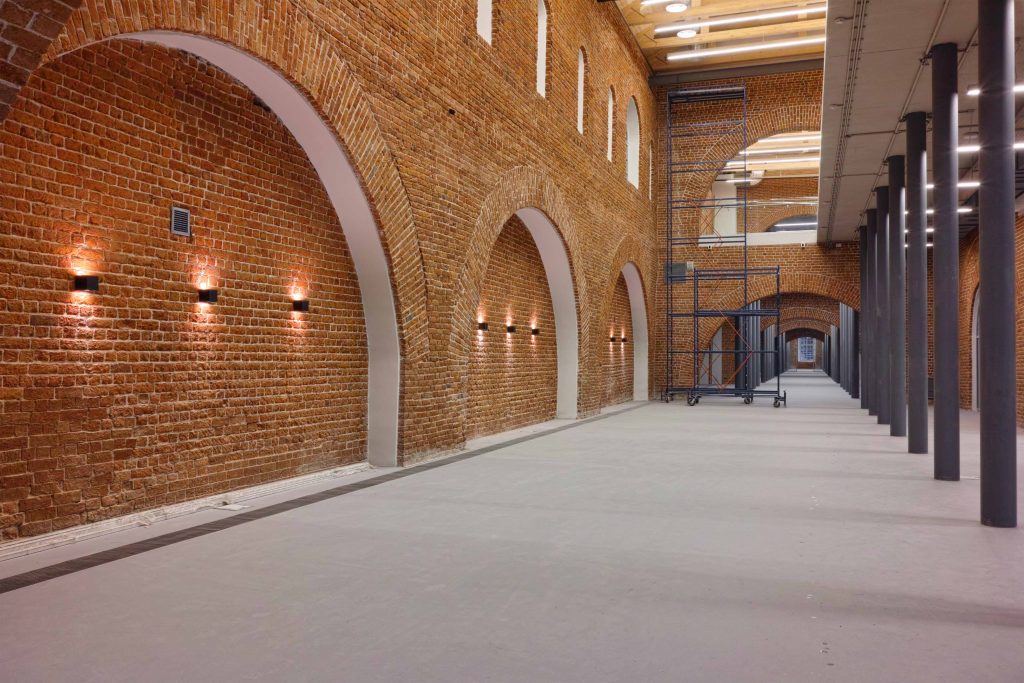
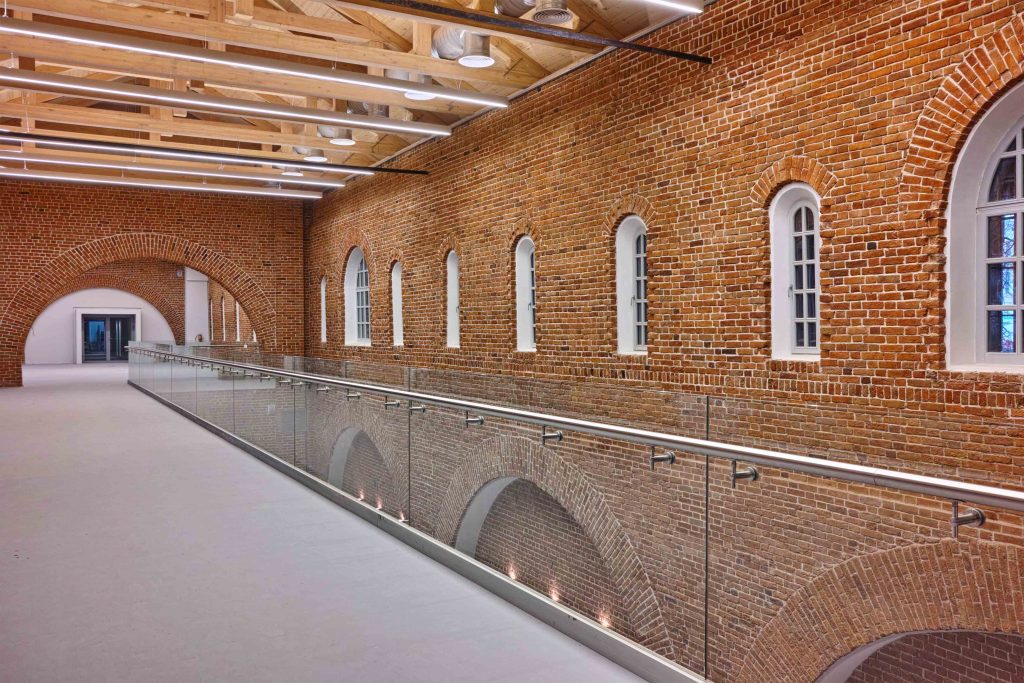
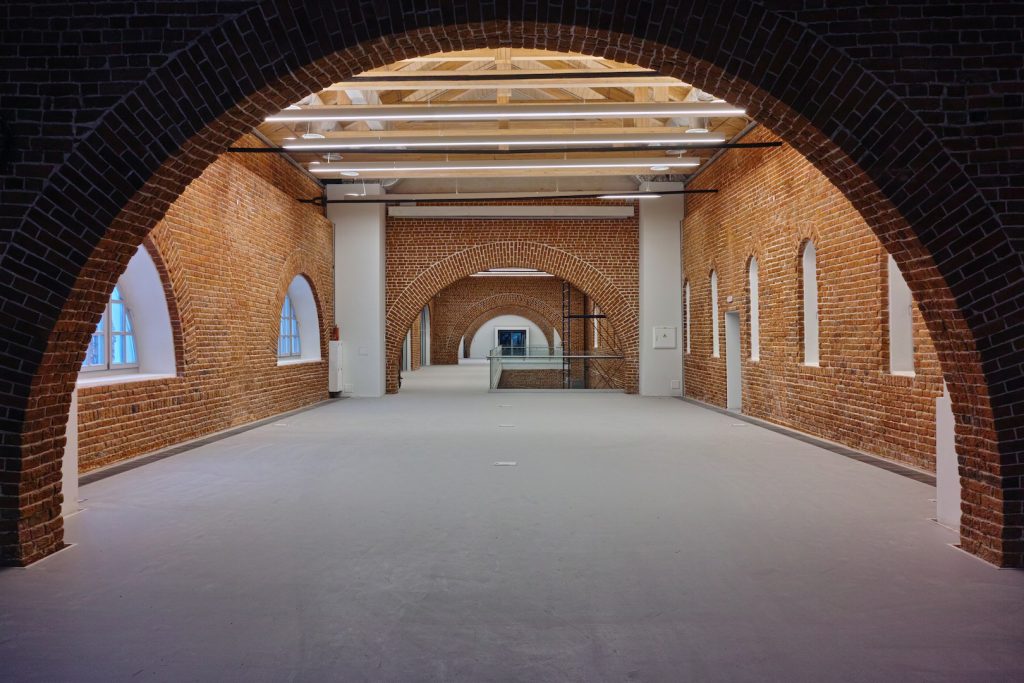
What kind of museum would you create, if someone came up to you and said: build any museum you want?
First of all, what kind of museum? An empty space for exhibitions? Or a home to a collection? Galleries, empty exhibition spaces are flexible and more liberating. Any museum must have a collection as a starting point, thus museums are more conservative, they are not intended to be dynamic. Although today they are going through changes, sometimes involuntarily, they just cannot afford to be static anymore. Many museums are more concentrated on exhibitions, on lectures, parallel programs, screenings and that what draws people in. Permanent exposition might recede into the background and I don’t see it as a negative trend – how would you keep an entire exposition interesting and relevant for years? You have to redefine it, look for new meanings and make it “alive”. Moreover, most museums cannot exhibit all of their works at once, many pieces stay in depositories, while they have to see the light of day. For a few years now open depositories became widespread, visitors can walk in it and see the works not on display. I enjoyed working on the Arsenal for the very reason that it doesn’t have a permanent collection. It is an energetic center of attraction for movers and shakers of contemporary art scene, for everyone interested in art. I like that something is constantly going on there! Such institutions create value for society, contribute to the emergence of social life, induce intellectual growth. Arsenal is a cultural center that is based on exhibition activities. Talking about exhibition centers, the one that is close to my heart is Tadao Ando’s Punta della Dogana in Venice. This former customs house changed its eminently commercial function to port of contemporary art roughly at the same time as our Arsenal was being transformed. When I saw it I realized that we moved in the same direction, we were driven by similar logic.
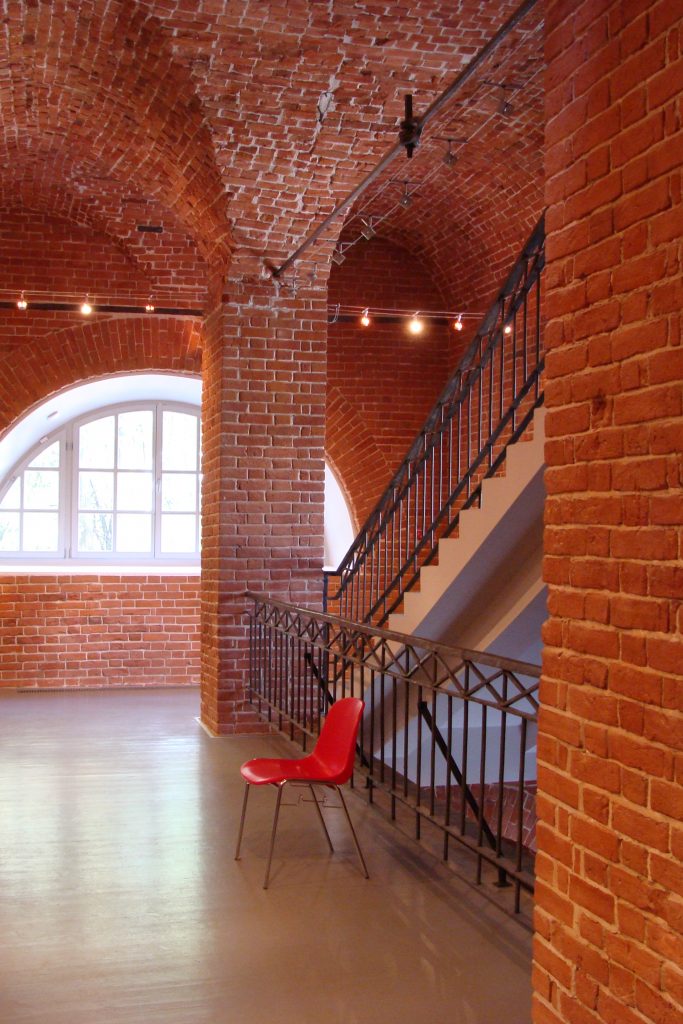
Dogana houses the artworks of the François Pinault collection. You are writing it down, does it mean you didn’t hear about the collection? Its story is all about artistic objects travel around the world and why this or that piece ends up in a certain place: François Pinault’s collection is equitable in size to the Solomon Guggenheim collection. Pinault was shuffling and filtering it, acquiring highly-valued pieces and finally he decided to build a museum, but could not get a permission to do it onIle Séguin island outside Paris, so he brought his entire collection to Italy, where he bought Venetian Palazzo Grassi. And now his collection is housed there and in Punta della Dogana. That reminds me of another wonderful museum in Paris – Musee du Quai Branly, where you can find art from Oceania, Asia, Africa and the Americas. The collection is very interesting and the architecture of Jean Nouvel is so inviting, so open and inclusive. Artifacts are liberated from their Western architectural references, since there are no barriers in the gallery spaces, no visual separation of the four main geographical areas, viewers can go on a journey from one continent to the other. When you enter, it seems like you gain access to a shamanic ritual and move through the museum accompanied by mystical sounds. Thinking about Paris I cannot avoid mentioning Centre Pompidou. It was France’s breakthrough that allowed Paris it to bring back the status of an art capital, partially lost after the Second World War. You set me on a dangerous path: now I think I’ll be sitting and remembering all the uncommon and unique museums in Rome, Stockholm, Helsinki, and I have to go back to work! We have some master classes to organize at school.
Then just the last question about your school: MARCH is an independent school of architecture, you founded it together with the British School of Design and London Metropolitan University. The graduates receive the LMU diploma and a chance to work all over the world. How is the program different from the classical one?
An architect is first and foremost a person of culture that was trained to be an architect. Not vice versa. Unfortunately today we often see people, who have architectural skills and know nothing about culture – they pose a real threat. MARCH’s concept is simple: architecture is part of liberal arts, it is a profession requiring a deep dive into culture in a broad sense. Thus we need to develop a certain set of cultural values. More or less stable axes of reference can exist only in culture.
We wish we could stay longer and ask many more questions, but we hope we’ll have a chance to visit Eugene Asse’s lectures or we’ll have to ambush him by his favorite Patriarch Ponds in the heart of Moscow.
